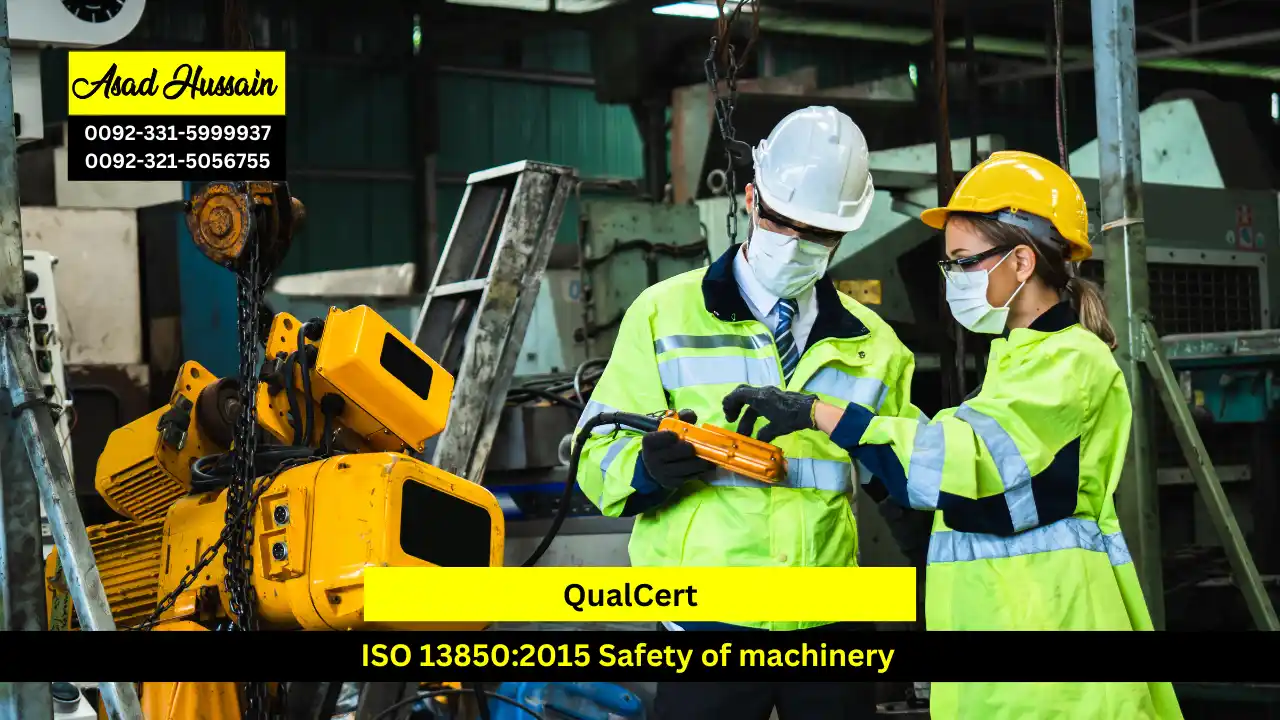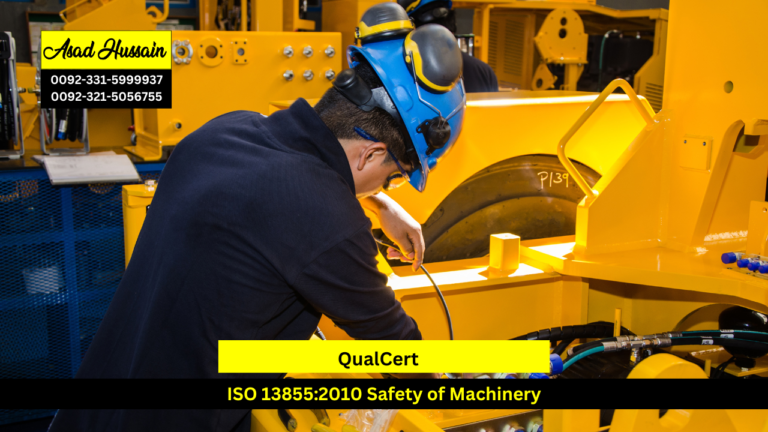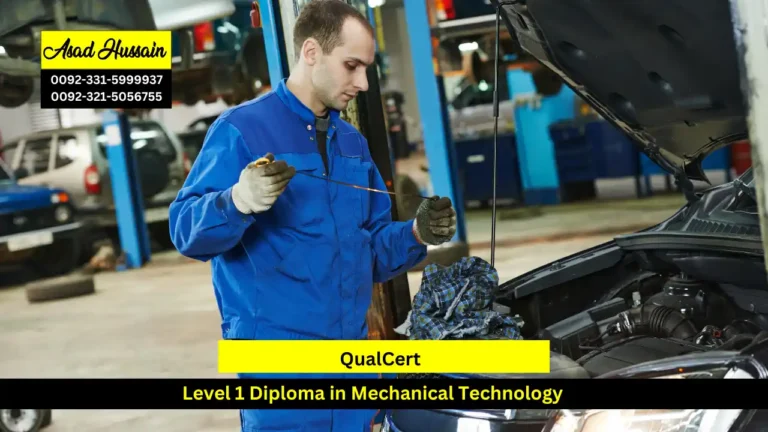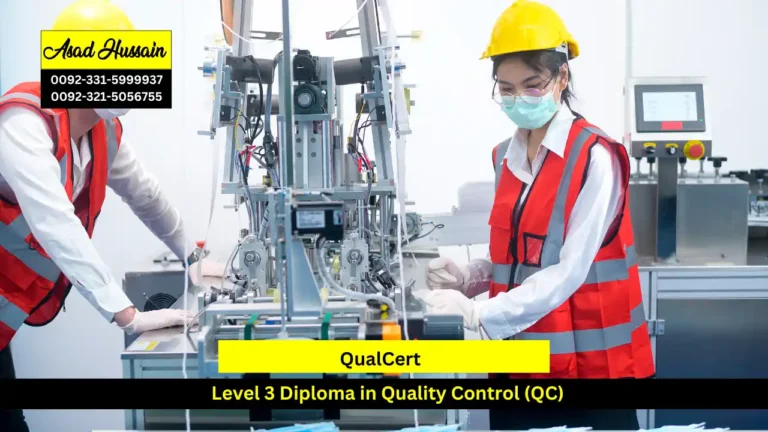In the realm of industrial and manufacturing environments, the safety of machinery is paramount. To address the critical need for safeguarding human lives and enhancing operational safety, ISO 13850:2015, titled “Safety of machinery – Emergency stop function – Principles for design,” serves as a crucial international standard. This standard specifies the principles for the design of emergency stop functions, which are essential for minimizing risks associated with machinery operation. In this blog post, we will delve into the key aspects of ISO 13850:2015 and explore its significance in ensuring machinery safety.
ISO 13850:2015 is an international standard developed by the International Organization for Standardization (ISO). It provides guidelines for the design, selection, and implementation of emergency stop functions in machinery. The primary objective of this standard is to establish a clear and effective means for stopping machinery operations quickly and safely in the event of an emergency.
ISO 13850:2015 plays a vital role in promoting the safety of machinery in industrial and manufacturing environments. By providing clear guidelines for the design and implementation of emergency stop functions, the standard helps prevent accidents, protect human lives, and enhance overall operational safety. Organizations that prioritize compliance with ISO 13850:2015 can create a safer working environment and improve their productivity, ensuring a win-win situation for both employees and the organization.
Understanding and implementing the principles of ISO 13850:2015 is not just a regulatory requirement; it is a commitment to safety and well-being in the workplace.
Program Highlights
Mandatory Units
- Introduction to Machinery Safety Standards
- Fundamentals of Emergency Stop Function
- Design Principles for Emergency Stop Systems
- Activation and Resetting Requirements
- Response Time and Performance Evaluation
- Integration with Safety Systems
- Documentation and Compliance
- Practical Applications and Case Studies
- Maintenance and Testing Procedures
- Capstone Project: Emergency Stop System Design
- Educational Qualifications:
- Applicants must hold a high school diploma or equivalent qualification.
- A background in engineering, technology, or a related field is preferred but not mandatory.
- English Language Proficiency:
- Proficiency in English is essential for successful completion of the course
- Prerequisite Knowledge:
- Basic understanding of machinery safety principles and terminology is recommended.
- Familiarity with engineering concepts such as mechanical systems and electrical circuits is beneficial.
- Technical Skills:
- Applicants should possess basic computer skills, including proficiency in Microsoft Office applications.
- Familiarity with engineering software tools for design and analysis may be advantageous but is not required.
- Health and Safety Considerations:
- Due to the practical nature of the course, applicants should be physically capable of participating in hands-on activities safely.
- Applicants with any health conditions that may affect their ability to participate in practical exercises should provide relevant medical clearance.
- Work Experience:
- While not mandatory, relevant work experience in engineering, manufacturing, or occupational safety may be beneficial.
- Work experience provides practical insights and enhances understanding of course concepts.
- Age Requirements:
- Applicants must meet the minimum age requirement set by the institution offering the course.
- Typically, applicants should be at least 18 years old.
Introduction to Machinery Safety Standards
- Understand the importance of machinery safety standards and their role in preventing accidents and ensuring workplace safety.
- Identify key international and regional machinery safety standards, including ISO 13850:2015.
- Explain the historical development and evolution of machinery safety standards.
Fundamentals of Emergency Stop Function
- Describe the purpose and function of emergency stop systems in machinery.
- Understand the basic components and mechanisms involved in emergency stop functions.
- Explain the scenarios and conditions under which emergency stop functions should be activated.
Design Principles for Emergency Stop Systems
- Apply design principles for emergency stop systems as outlined in ISO 13850:2015.
- Evaluate the ergonomic and human factors considerations in designing emergency stop systems.
- Design an emergency stop system that meets accessibility and visibility requirements.
Activation and Resetting Requirements
- Understand the criteria for activating emergency stop systems in various machinery contexts.
- Describe the protocols for resetting machinery after an emergency stop has been activated.
- Explain the importance of addressing the cause of the emergency before restarting machinery.
Response Time and Performance Evaluation
- Measure and evaluate the response time of emergency stop systems.
- Understand the performance criteria for effective emergency stop functions.
- Conduct performance evaluations and testing of emergency stop systems to ensure compliance with ISO 13850:2015.
Integration with Safety Systems
- Explain the integration of emergency stop systems with other safety mechanisms in machinery.
- Design a comprehensive safety system that includes emergency stop functions as a critical component.
- Evaluate the effectiveness of integrated safety systems in preventing accidents and injuries.
Documentation and Compliance
- Identify the documentation requirements for emergency stop systems as per ISO 13850:2015.
- Prepare compliance documentation for machinery safety audits.
- Understand the regulatory and legal implications of non-compliance with machinery safety standards.
Practical Applications and Case Studies
- Analyze real-world case studies of emergency stop system implementations.
- Identify common challenges and solutions in the practical application of emergency stop systems.
- Apply theoretical knowledge to practical scenarios to enhance machinery safety.
Maintenance and Testing Procedures
- Develop a maintenance schedule for emergency stop systems.
- Understand the testing procedures and protocols for ensuring the ongoing reliability of emergency stop functions.
- Conduct regular maintenance and testing to comply with ISO 13850:2015 requirements.
Capstone Project: Emergency Stop System Design
- Design a complete emergency stop system for a specific piece of machinery.
- Apply the principles and knowledge gained from previous study units to develop a robust and effective emergency stop system.
- Present and defend your design in a comprehensive project report, demonstrating compliance with ISO 13850:2015 and best practices in machinery safety.
This course is designed for a diverse range of professionals involved in the operation, design, and maintenance of industrial machinery. It is particularly beneficial for safety engineers, machine designers, and maintenance technicians who are responsible for ensuring the safety and compliance of machinery in industrial settings. Additionally, manufacturing managers, safety officers, and regulatory compliance specialists will find the course invaluable for understanding and implementing the principles of ISO 13850:2015. The course also serves as a critical resource for educators and trainers who are tasked with teaching machinery safety standards and practices. Whether you are an industry veteran looking to update your knowledge or a newcomer seeking foundational understanding, this course provides the comprehensive insights needed to enhance machinery safety and operational efficiency.







